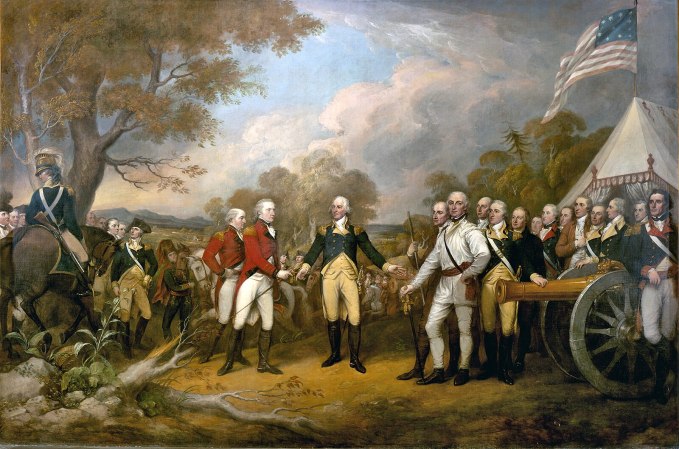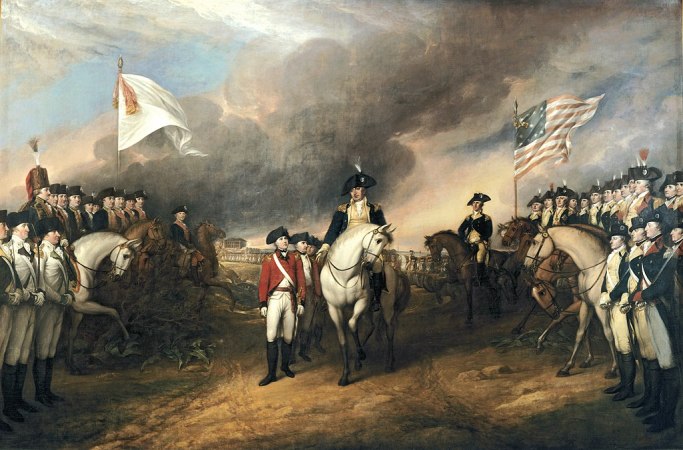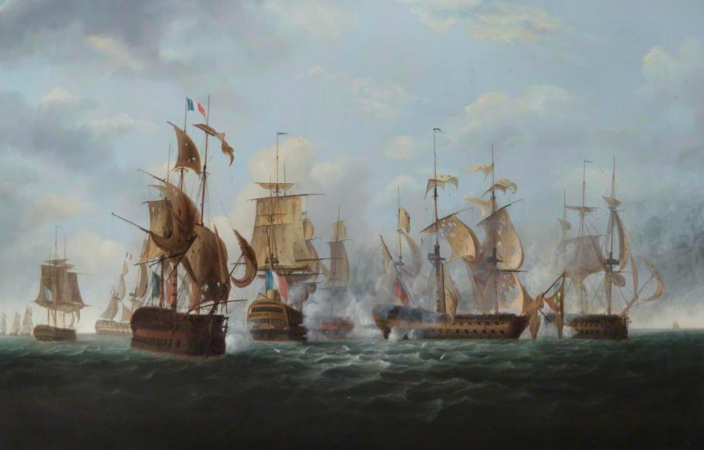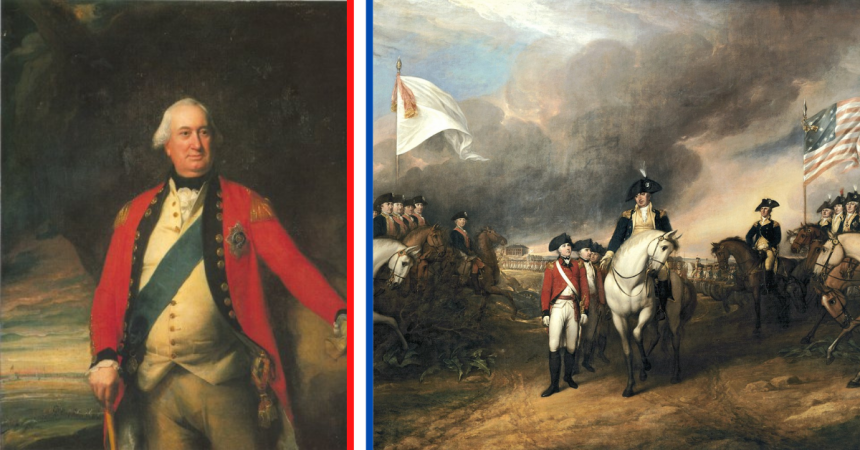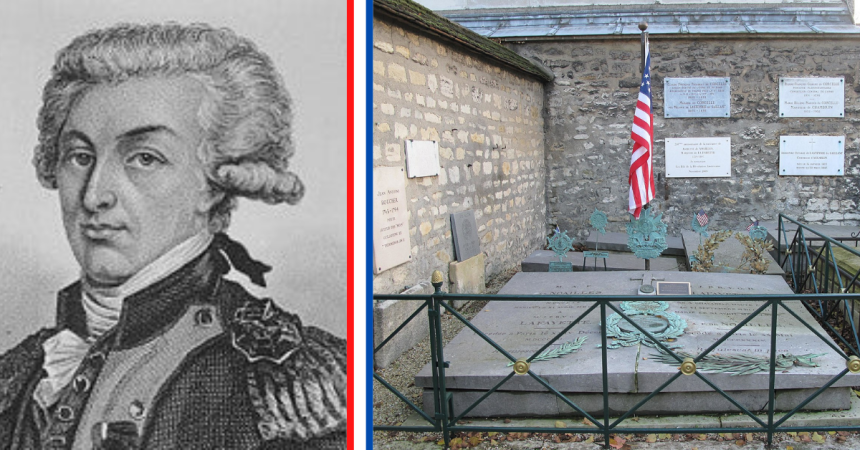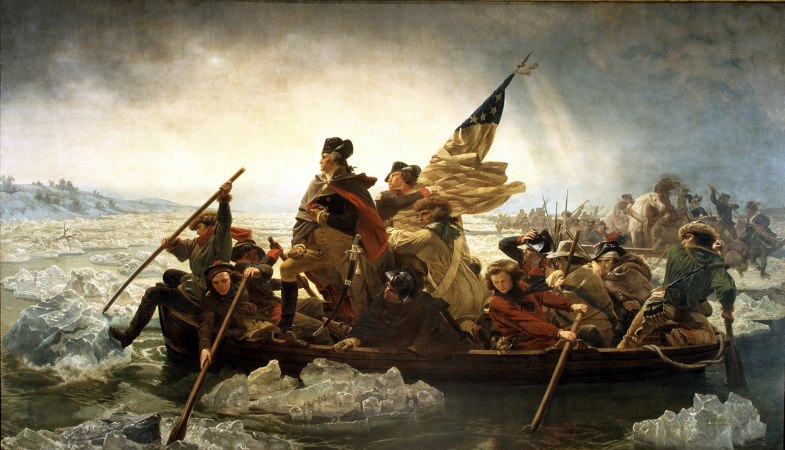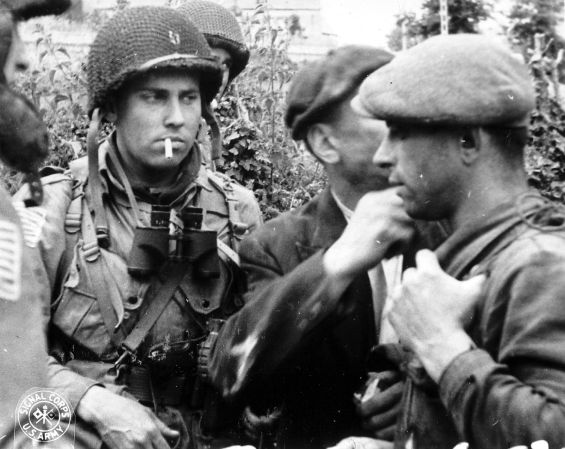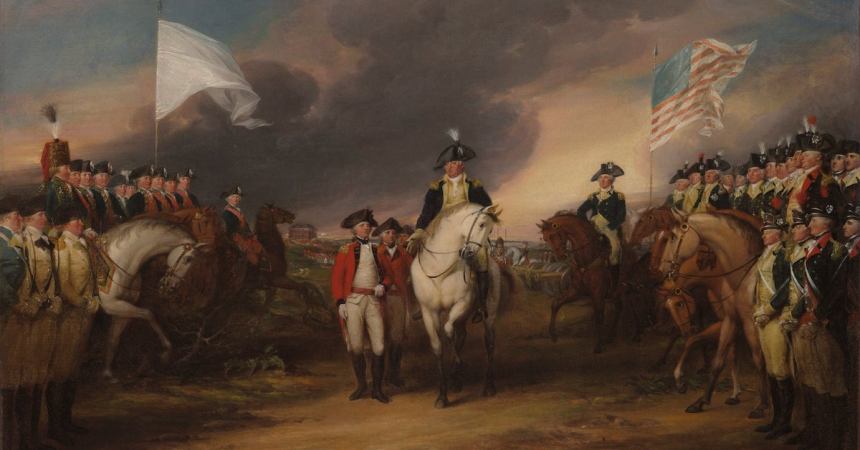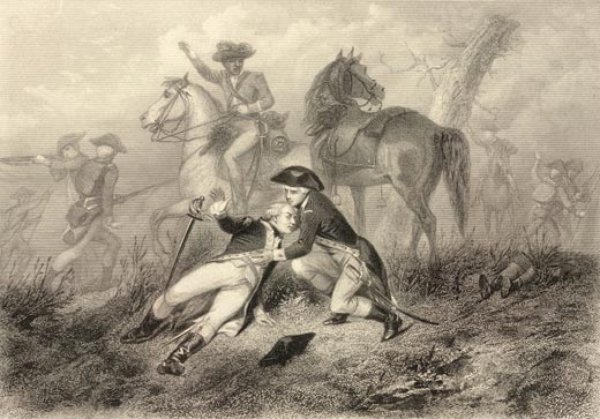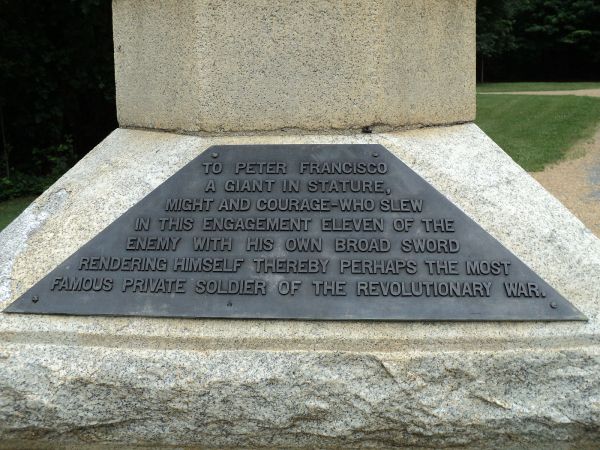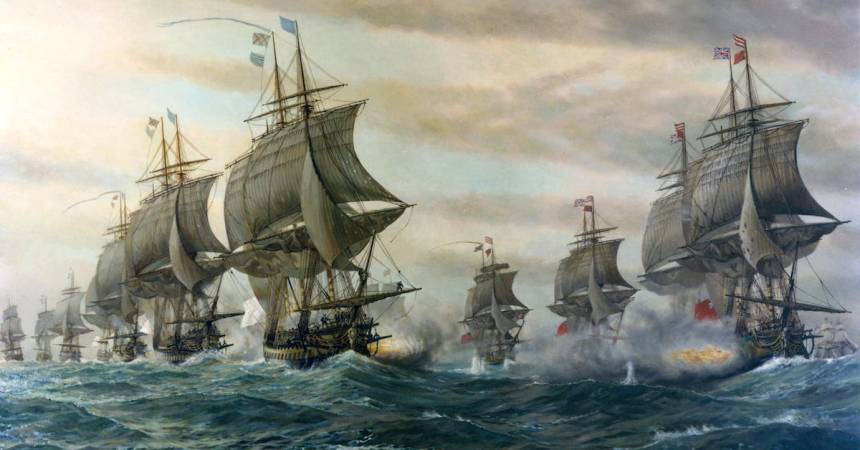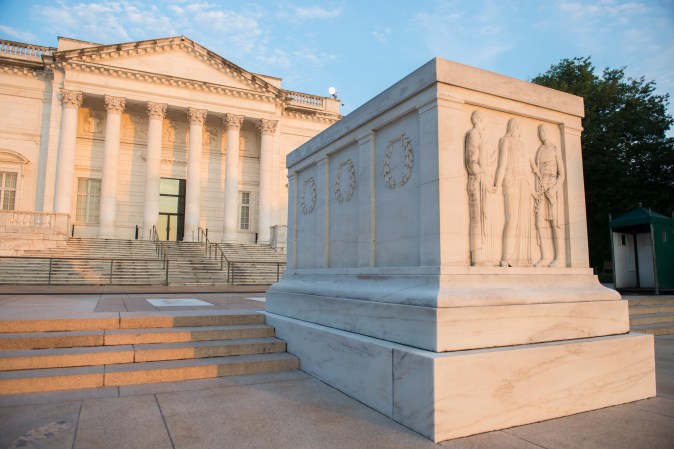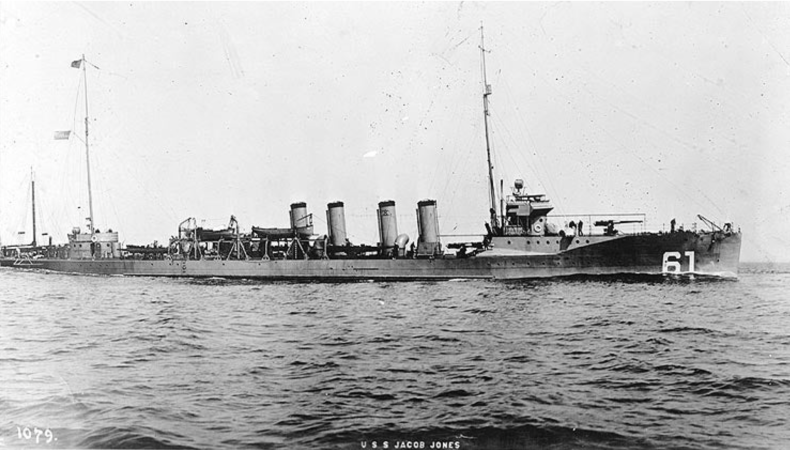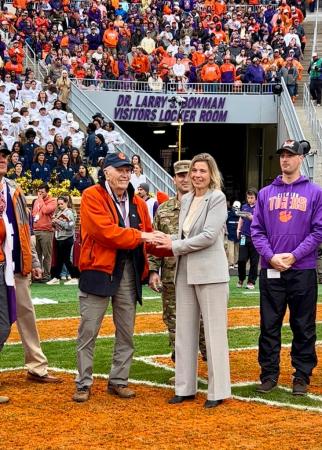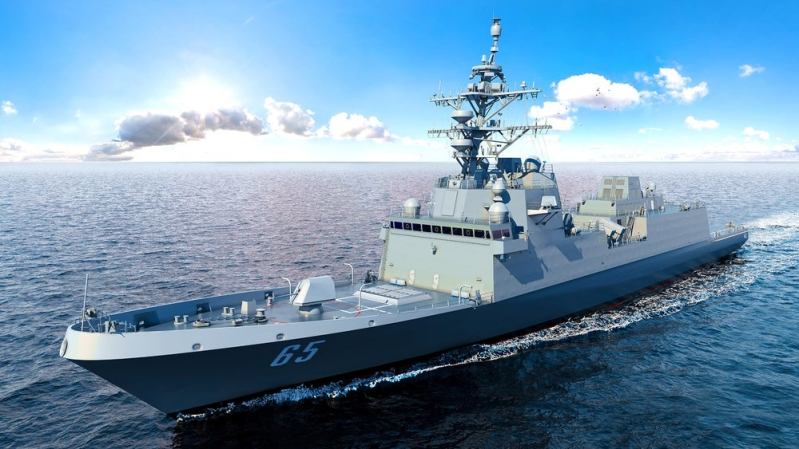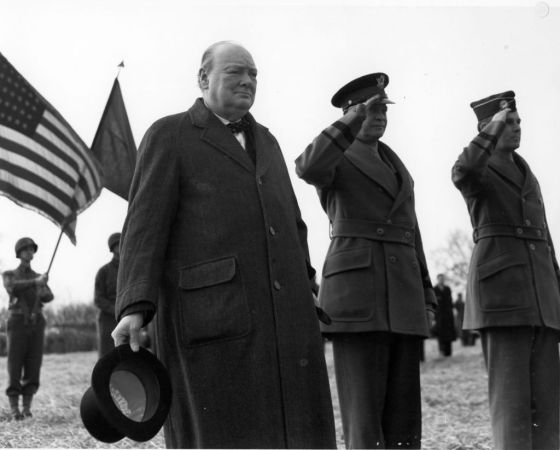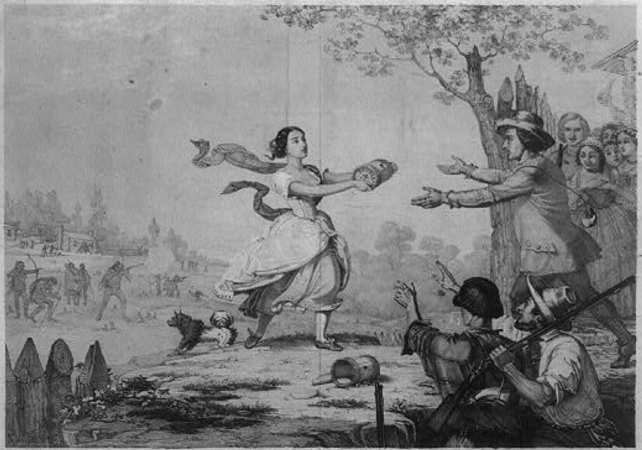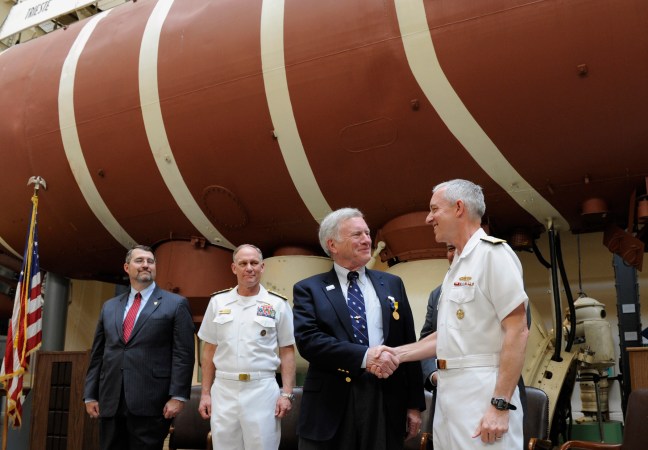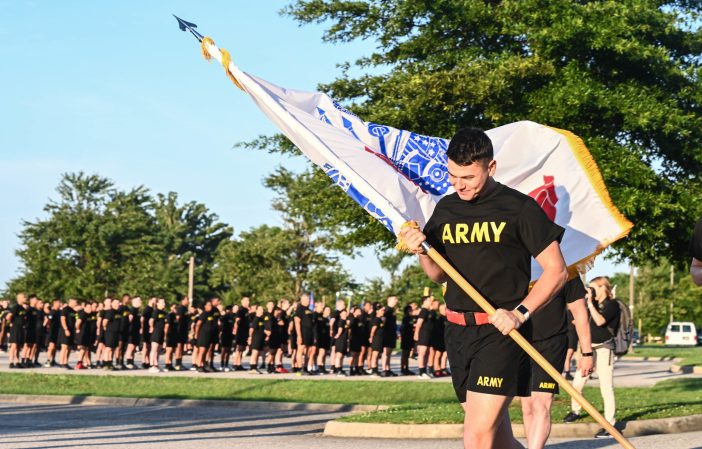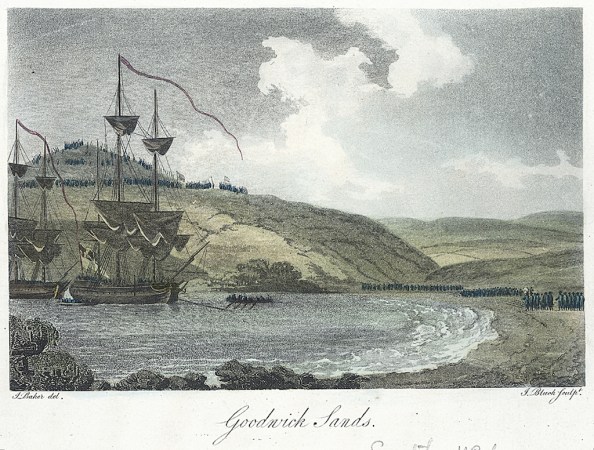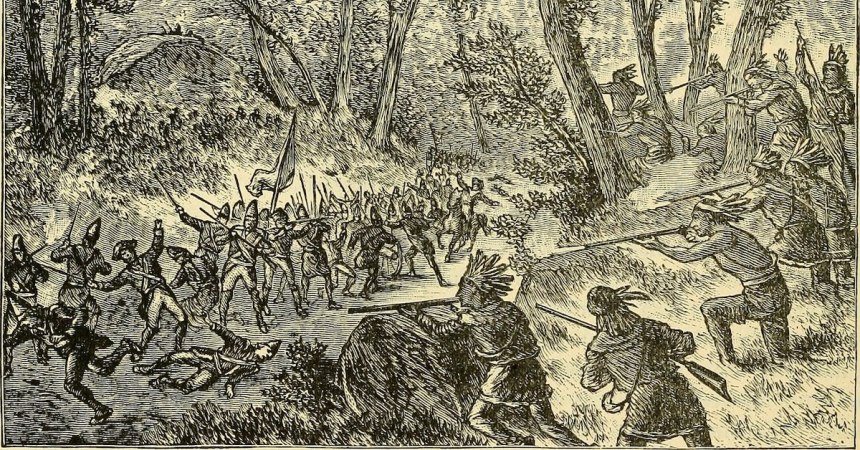Anyone else listen to “Guns and Ships” every time they have to get hyped for a run or a workout? Or, like, just has to get out of bed?
Look, the author is a father with a toddler, now. It takes a lot of hype even to brush my teeth.
But that song, while a fun introduction to the Franco contribution to the Revolutionary War, actually way undersells how important French spite was to the American Revolution. About 10,000 French troops and dozens of ships fought directly with American forces in the War for Independence. And tens of thousands more fought in campaigns around the world to tie up British forces.
And, to be fair, to embarrass the British. The French military played an essential role in the American Revolution, but it did so mostly to show the world’s largest middle finger to Great Britain, which had beat France like a drum in the French and Indian War.
France watched the slow development of an American rebellion in the 1770s with cautious optimism. While it wanted a chance for revenge after the 1763 Treaty of Paris, it couldn’t pick a fight with Great Britain too soon or it risked a second drubbing with no gain.
French military in the American Revolution
When it did feel ready, it still asked the Americans to prove they were ready for a real fight with Britain.
In 1774, Patriots went to France to inquire about potential support. After the Declaration of Independence, France quickly organized secret shipments of gunpowder, weapons, and other materiel, but it stopped short of sending official trainers, troops, or ships. And it opened discussions with Spain on creating an alliance against Britain.
After the American victory at Saratoga, though, and the surrender of British Gen. John Burgoyne, France decided to jump in officially. It abandoned negotiations with the Spanish for their help and just backed America with official recognition, treaties, and 4,000 troops and 16 ships.
This first French military force brought needed professional soldiers into the American Revolution, swelling Gen. George Washington’s ranks. And the ships ferried men and supplies. But relations between Washington and his French counterpart, Charles d’Estaing, were tense. d’Estaing saw Washington as beneath him and the American soldiers as an unwashed mass.
Still, his troops and ships tied up British forces and assisted in failed campaigns against the British at Newport, Rhode Island in 1778 and Savannah, Georgia in 1779. After the crushing defeat at Savannah, d’Estaing exited stage left.
But France sent a larger Expédition Particulière to America.
The French Expédition Particulière and comte de Rochambeau
Jean-Baptiste Donatien de Vimeur, comte de Rochambeau, saw his mission to America as important and the professional officer carefully built a friendly relationship with Washington. And their forces did some great work together. It was this part of the French military that had the greatest impact on the American Revolution.
The French officer aggressively commanded his own forces but always within the strategic plan of Washington. Comte de Rochambeau, despite being a decorated and experienced military officer in his own right, happily subordinated himself to the local commander he supported.
His forces did struggle a few times. In the spring of 1781, his ships were blockaded in Rhode Island by the British, and comte de Rochambeau was forced to march his troops overland to continue fighting.
But then word came that the French fleet was able to get out to sea, and the British army under Marquess Charles Cornwallis was penned up at Yorktown and requesting resupply and reinforcements.
Washington wanted to continue an attack against British forces in New York, but comte de Rochambeau convinced him that an overland assault against Yorktown, if coupled with a successful French naval engagement off the coast, would allow the Continentals to capture the massive British force there.
The bulk of British forces in the colonies could be captured.
If you’re not yet imagining the opening bars of “Guns and Ships,” please start now.

Washington and comte de Rochambeau sent word to the fleet and began their march. They could not know whether the fleet would learn the new plan, but they prepared to attack anyway.
The American victory
Of course, most history buffs know what happened next. The French fleet fought a blockbuster battle off the coast. British and French ships pummeled each other for literally days, ending in…a stalemate. Tactically, the naval battle was a draw.
But the British fleet withdrew.
So, strategically, Cornwallis found himself cut off from resupply, reinforcement, or evacuation. And the combined forces under Washington and comte de Rochambeau successfully forced his surrender in 1781.
But Cornwallis claimed he was ill and sent a subordinate to surrender in his place. Because he was a loser.
The war didn’t end just because Cornwallis went home with his tail between his legs. Oddly enough, the arguably final battle of the Revolution took place two years later. Off the coast of India. Between British and French ships.
With nary a Continental in sight.
The French contributions to the Revolution, ironically, led to a bankruptcy of the French crown, common discontent in France, and the French Revolution.
Logan Nye was an Army journalist and paratrooper in the 82nd Airborne Division. Now, he’s a freelance writer and live-streamer. In addition to covering military and conflict news at We Are The Mighty, he has an upcoming military literacy channel on Twitch.tv/logannyewrites.



